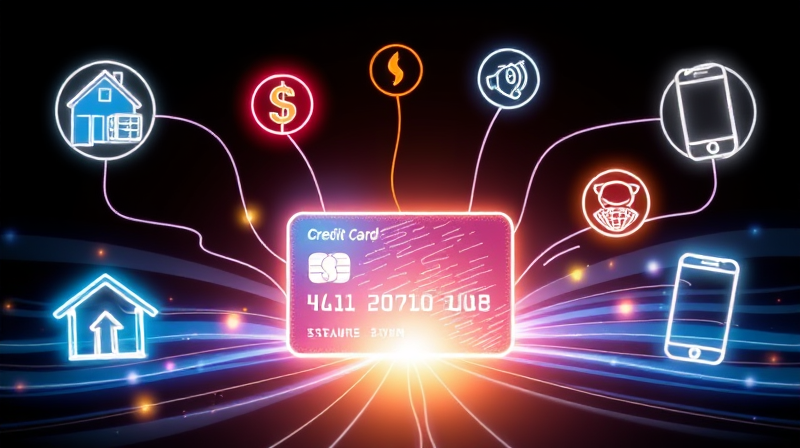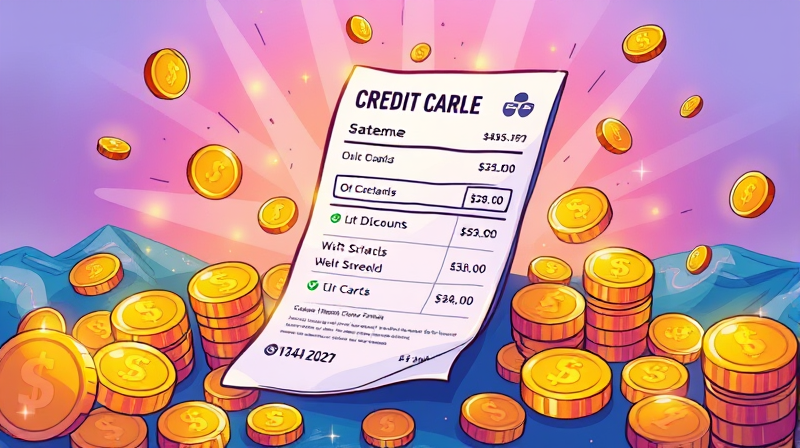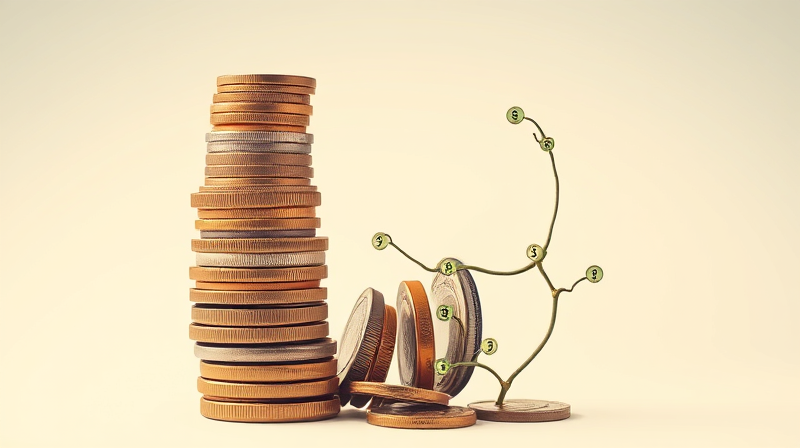
Your credit score can open doors to dreams—whether it’s buying your first home, securing a low-interest loan to start a business, or simply enjoying the confidence that comes with financial stability. Even small improvements can yield dramatic results, proving that tiny shifts in behavior can lead to big wins. Among the many factors that shape your credit score, one of the most dynamic and actionable is your credit utilization ratio. By mastering this one metric, you can take control of your financial destiny and build a stronger credit profile that lasts a lifetime.
Credit utilization is calculated by dividing your total outstanding balances on revolving accounts—like credit cards—by your total credit limits, then multiplying by 100 to get a percentage. For example, if you have three credit cards with limits of $2,000, $1,500, and $3,500, and balances of $500, $300, and $700 respectively, your total limit is $7,000 and your total balance is $1,500. This yields:
Credit utilization ratio = (1,500 / 7,000) × 100 = 21.4%
Your utilization not only reflects your current spending but also influences the terms on future credit: a 1% improvement can be worth tens of dollars saved on interest. Lenders and scoring models also examine utilization per account. Having a low overall rate but maxing out one card can still raise red flags—especially if your credit history is short or you have few accounts. Keeping both individual account ratios and your overall ratio low reflects sound financial management and responsibility.
Consider this: reducing your utilization by 20 percentage points might boost your score by 10 to 50 points, potentially saving you hundreds or thousands in interest costs over time. Credit utilization accounts for up to 30% of your FICO® Score, making it one of the heaviest-weighted factors after payment history. A lower utilization rate suggests you are a lower-risk borrower, which can translate into:
Moreover, high utilization can jeopardize important life moments, such as securing a mortgage for your first home or qualifying for a low-rate auto loan. Conversely, high utilization ratios—especially those above 50%—can signal financial stress to lenders, leading to higher rates, credit limit cuts, or application denials. In fact, using 90% to 100% of your available credit can trigger a major drop of 100 or more points, significantly delaying your financial goals.
Here is a closer look at utilization tiers and their typical impact:
Maintaining a low credit utilization rate requires intentional habits and strategic adjustments. Start by understanding your billing cycles and statement closing dates so you can time your payments for maximum benefit. Also, watch out for common pitfalls:
Small recurring subscriptions or unmonitored purchases can quietly push your ratios into dangerous territory. Similarly, a tempting credit limit increase can backfire if it encourages you to spend more. Discipline is as important as strategy.
Consider the following tactics:
Additionally, monitor your accounts closely with mobile alerts or credit tracking apps. Spotting a rising balance early allows you to adjust your spending before it affects your score. Small, regular payments are often more effective than waiting until the due date.
One of the most empowering aspects of credit utilization is how quickly it can be turned around. Most credit-scoring models capture a snapshot of your balances when your billing statement closes. By paying down debt before that date, you can instantly improve your reported utilization and see score gains as soon as your next credit report update.
Despite this speed, newer models like VantageScore 4.0 and FICO® 10T also evaluate how your utilization trends over time, rewarding steady, disciplined use of credit. Over months and years, maintaining a low utilization ratio can build a powerful positive trajectory that underpins long-term responsible credit habits.
If you experience a sudden spike in utilization due to an emergency expense or unforeseen event, consider contacting your card issuers. Some may be willing to offer a temporary limit increase or waive fees to help you recover more quickly, demonstrating that proactive communication can be part of your credit management toolkit.
As your utilization falls and your credit score rises, you’ll find lenders more willing to offer you premium rates, higher limits, and exclusive credit card perks—opening doors to opportunities that were once out of reach.
Keeping your credit utilization rate low is a simple yet transformative strategy to protect and grow your credit score. By staying below recommended utilization thresholds, making timely payments, and leveraging tools like credit limit increases and debt consolidation, you can strengthen your financial foundation.
Commit to tracking and lowering your utilization today, and you’ll not only see your score climb but also build the confidence and flexibility to pursue your biggest financial goals. Your journey to stronger credit health starts now, and the positive ripple effects can span a lifetime of financial success and peace of mind.
References













